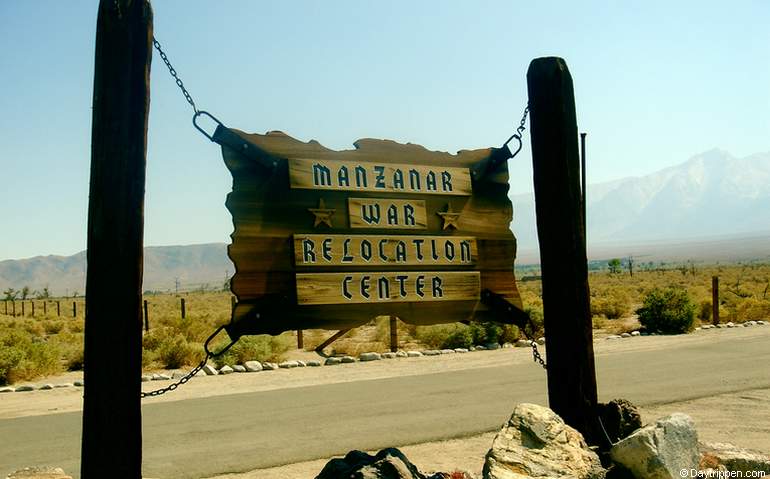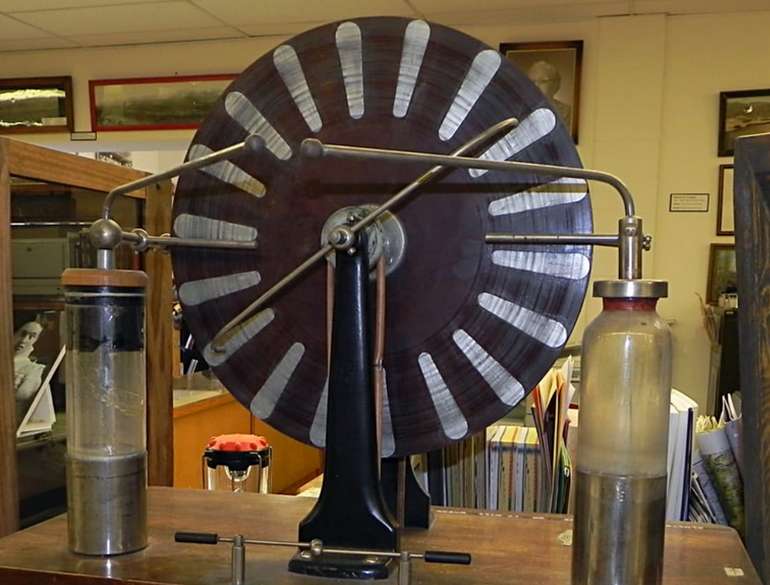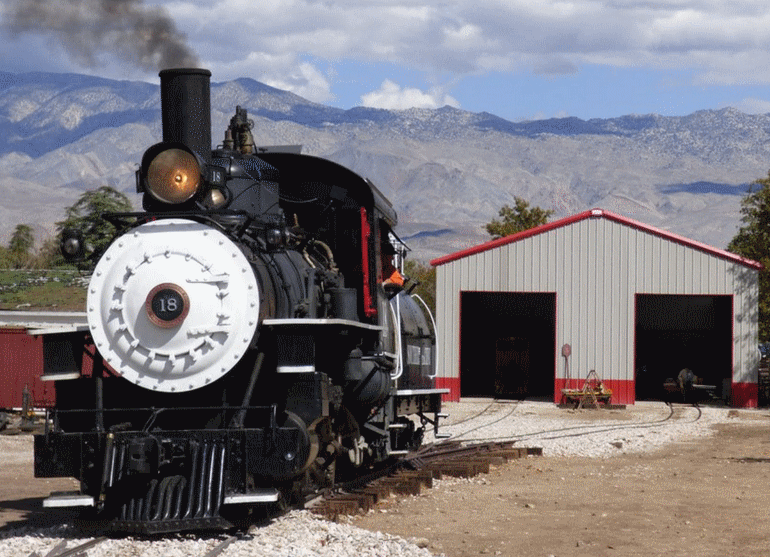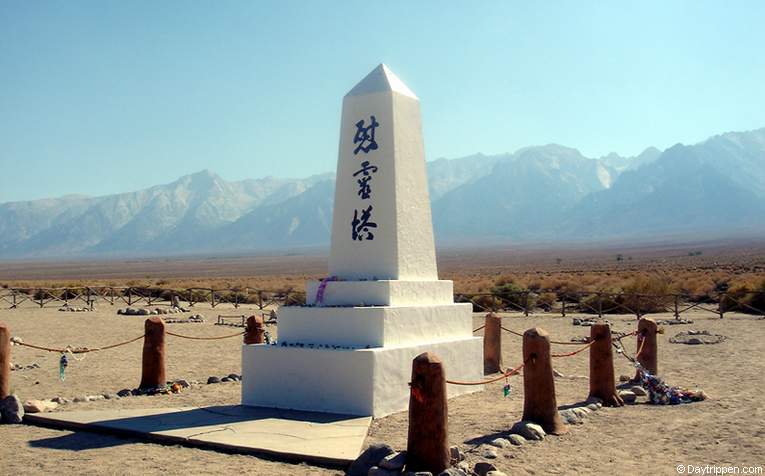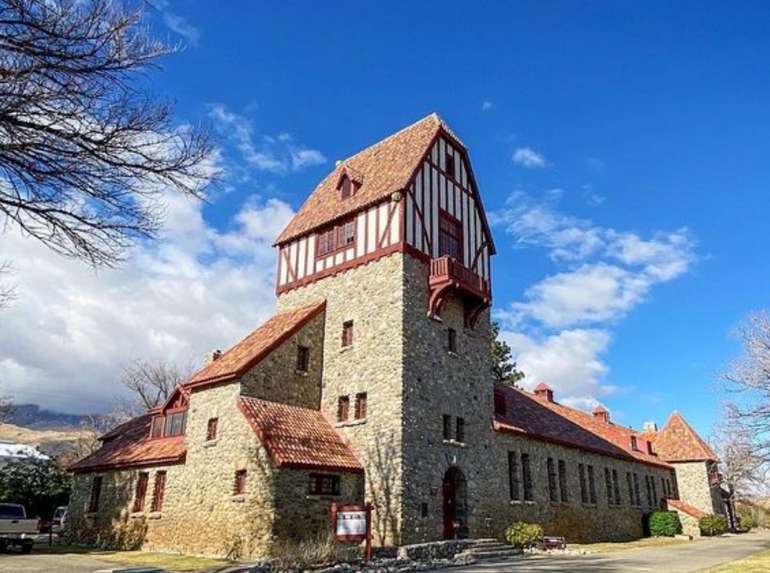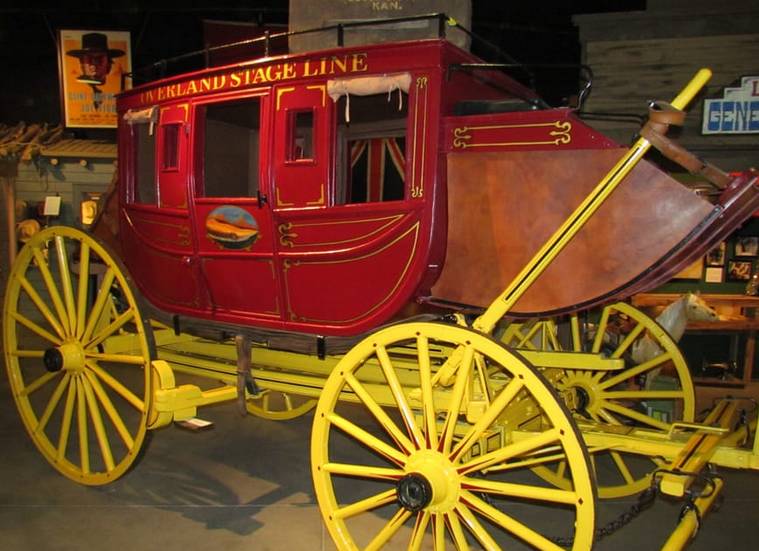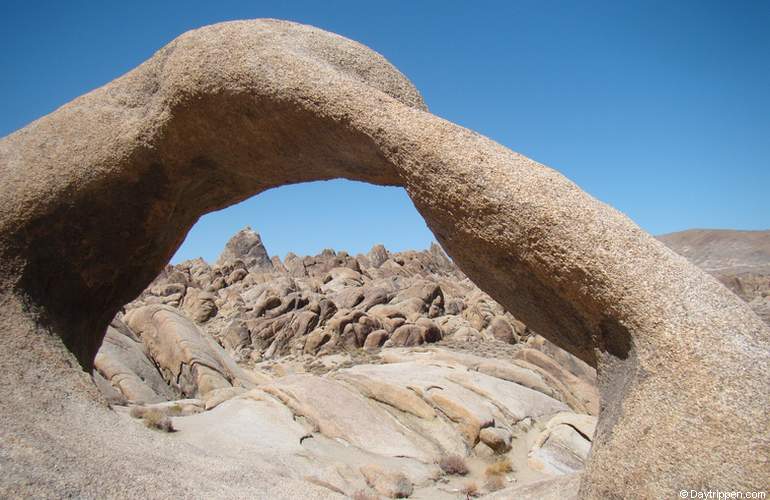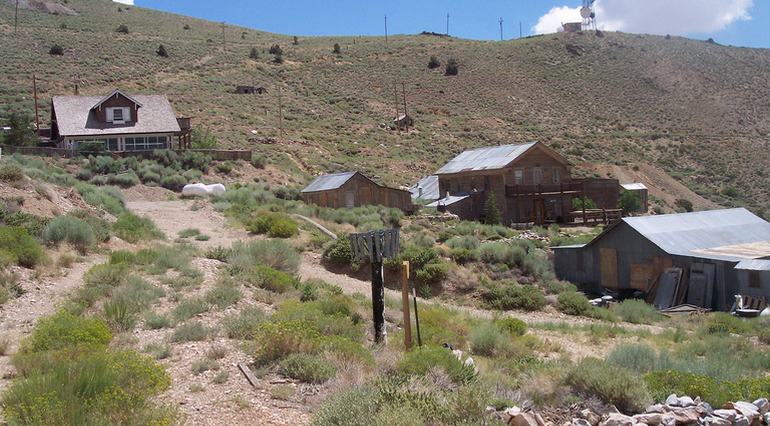- Like
- X
- Digg
- Tumblr
- VKontakte
- Buffer
- Love This
- Odnoklassniki
- Meneame
- Blogger
- Amazon
- Yahoo Mail
- Gmail
- AOL
- Newsvine
- HackerNews
- Evernote
- MySpace
- Mail.ru
- Viadeo
- Line
- Comments
- SMS
- Viber
- Telegram
- Subscribe
- Facebook Messenger
- Kakao
- LiveJournal
- Yammer
- Edgar
- Fintel
- Mix
- Instapaper
- Copy Link
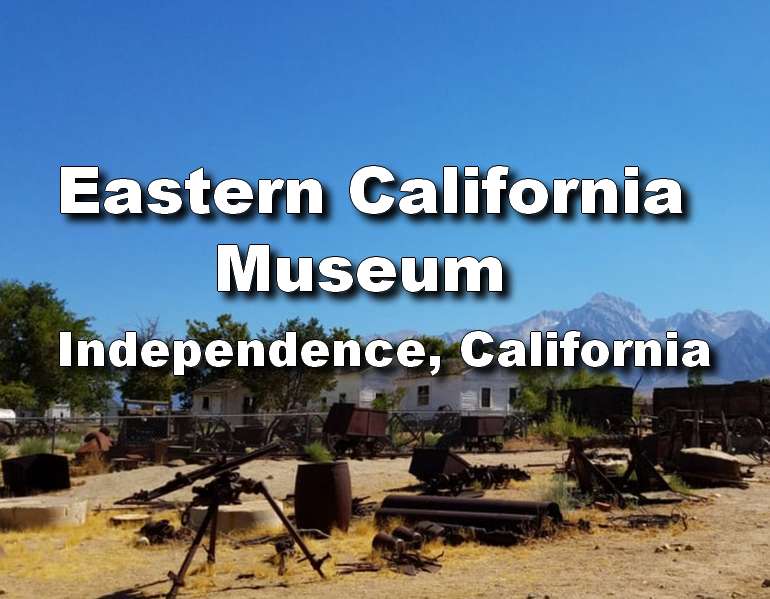
The Eastern California Museum in Independence, California, is a hidden gem that highlights the rich cultural and natural history of Inyo County, the Owens Valley, and the Eastern Sierra, spanning from Death Valley to Mono Lake. Founded in 1928, the Museum is a must-visit for anyone traveling along Highway 395 interested in Native American culture, pioneer history, environmental struggles, and unique regional artifacts.
The Museum is divided into indoor and outdoor areas, featuring permanent and rotating exhibits that cater to a diverse range of interests. Here are the highlights:

Eastern California Museum Indoor Exhibits
Native American Basketry and Artifacts: The Museum boasts over 400 pieces of Owens Valley Paiute and Panamint Shoshone basketry, one of the nation’s largest and most diverse collections. These baskets showcase stunning artistry and craftsmanship, often used by experts for comparative studies.
Manzanar WWII Internment Camp Exhibit: This exhibit focuses on Manzanar, the nearby Japanese American internment camp from World War II, where over 10,000 people were forcibly relocated. The display features a replica of a typical barracks apartment, along with artifacts, photographs, and personal stories that bring the experience to life.
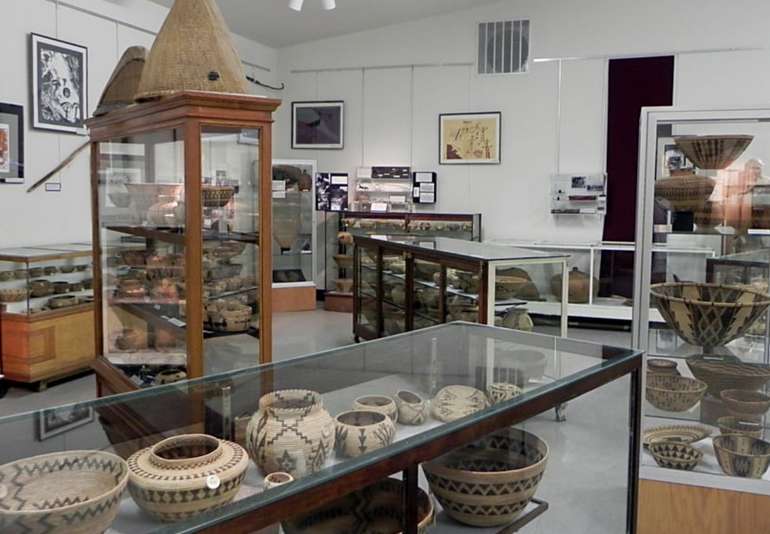
Historic Photographs: The Museum has over 27,000 photographs documenting life in the Eastern Sierra from the late 1800s to the 1950s. These are accessible in the Museum’s galleries and through the online HUB, a digital collections gallery with over 10,000 items.
California Water Wars: The Museum offers an overview of the early 20th-century water conflicts between Owens Valley and Los Angeles, which led to the construction of the Los Angeles Aqueduct and the subsequent drying of Owens Lake. The Eastern California Museum is one of the few places you can find pictures of Owens Dry Lake when it still had water. At one time, the lake covered 100 square miles and was over fifty feet at its deepest point.
Quirky Displays: The Museum features an eclectic collection of unusual displays, including a mammoth leg bone from the last Ice Age, antique guns, and one of Amelia Earhart’s dresses. Visitors can also enjoy a Tesla machine exhibit and an “ancient” mountain diorama depicting a goat climbing downhill, which adds a whimsical touch to the experience.
Eastern California Museum, Outdoor Exhibits
Historic Equipment Yard: The outdoor area features a collection of rusty antique farm equipment, including tractors, plows, mining wagons, and construction machinery from the region’s past. These pieces evoke the agricultural and industrial history of the Owens Valley. The yard also includes old streetlights and other relics, providing a tactile connection to the past.
Slim Princess Steam Locomotive: Southern Pacific #18, known as the “Slim Princess,” a narrow-gauge steam locomotive that operated between Laws and Keeler from 1928 to 1955. Restored by volunteers and the Carson and Colorado Railway nonprofit, it’s now housed in the Larry Peckham Engine House and occasionally fired up for special events.
Mary DeDecker Native Plant Garden: Named after Mary DeDecker (1909–2000), a self-taught botanist who discovered several plant species, this garden showcases native Eastern Sierra plants. It’s a collaboration with the Bristlecone Chapter of the California Native Plant Society, which DeDecker founded. The garden offers serene views of the surrounding mountains and is a peaceful spot for reflection.
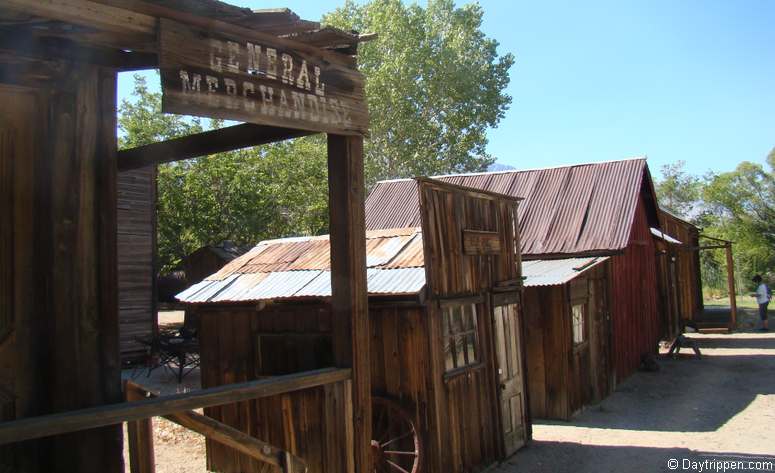
Little Pine Village: Visitors will delight in strolling through Little Pine Village, located just outside the Eastern California Museum. It is not quite a ghost town, but it certainly looks like one. Buildings include an Assayer’s Office, Livery Stable, Brewery Office, and some miners’ shacks.
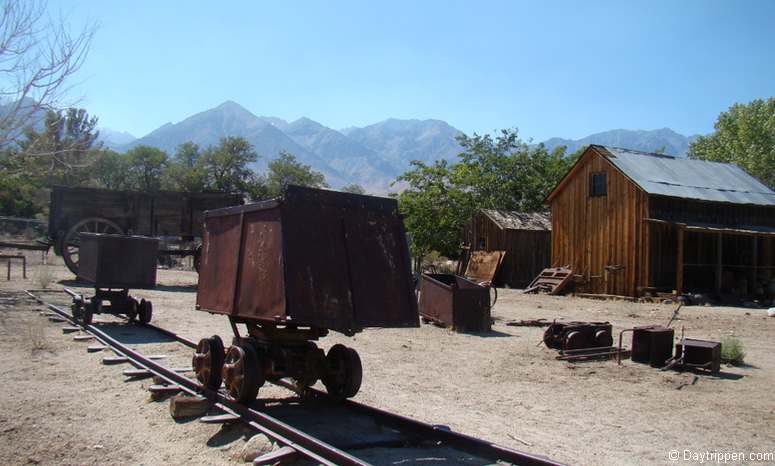
History of the Eastern California Museum
The Eastern California Museum was founded in 1928 to preserve the cultural and historical heritage of the Owens Valley amid rapid development. A group of young men—Ralph Bell, Frank Parcher, Charles Forbes, and William Sanford—focused on collecting Native American artifacts and regional relics. Frank Parcher’s mother, Mary Louise, proposed the creation of a museum, which led to the formation of the Eastern California Museum Association on May 5, 1928, with her as the first president. The Museum has since evolved from a volunteer initiative into a respected institution operated by Inyo County.
Location and Admission: The Museum is at 155 N. Grant Street, Independence, California, just a few blocks west of Highway 395. Hours: Open Tuesday–Sunday, 10:00 a.m.–5:00 p.m.; closed Mondays and county holidays. Admission: Free, though donations are appreciated. Website.
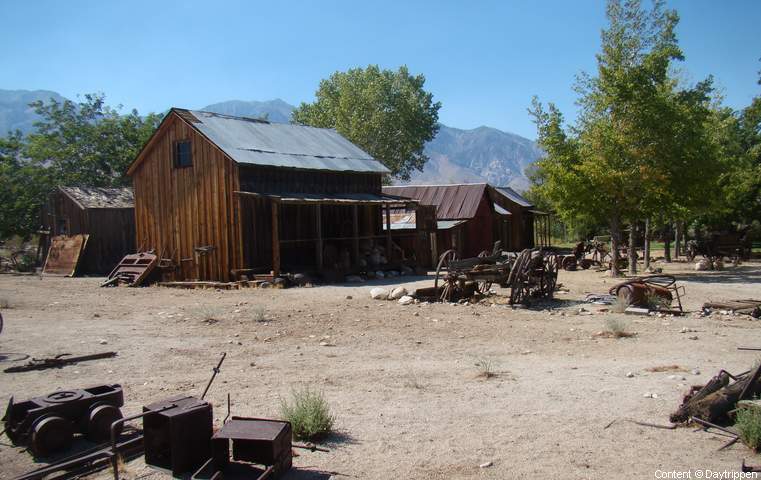
Eastern California Museum Mission
The Museum is dedicated to collecting, preserving, and interpreting objects and information related to the cultural and natural history of the region. It houses over 15,000 artifacts, 27,000 historic photographs, and one of California’s largest collections of Owens Valley Paiute and Panamint Shoshone basketry.
Nearby Points of Interest
Independence is surrounded by historical, cultural, and natural attractions, many of which are within a short drive. Here are the top points of interest, all accessible along or near Highway 395:
Manzanar National Historic Site (6 miles south):
Manzanar is a WWII Japanese internment camp that features a visitor center, reconstructed barracks, and interpretive trails. The site includes a museum, a restored mess hall, and a poignant cemetery. It’s a powerful complement to the Eastern California Museum’s Manzanar exhibit. Open daily, 9:00 a.m.–4:30 p.m.; free admission.
Mt. Whitney Fish Hatchery (12 miles north, near Independence):
The historic hatchery was built in 1917 to raise trout for California’s waterways. It features Gothic-style architecture, ponds, and picnic areas. It’s a scenic spot with views of Mt. Whitney. Open Thursday–Monday, 10:00 a.m.–3:00 p.m.; small entry fee.
Lone Pine Museum of Western Film History (15 miles south):
This Museum celebrates the hundreds of Western films and TV shows shot in the nearby Alabama Hills and Owens Valley. Exhibits include props, costumes, and a theater showing film clips. Open Monday–Saturday, 10:00 a.m.–5:00 p.m., Sunday, 10:00 a.m.–4:00 p.m.; admission $5. Website.
Alabama Hills (18 miles south, near Lone Pine):
The Alabama Hills are a perfect destination for movie buffs, geology enthusiasts, and outdoor adventurers. Take a self-guided driving tour along Movie Flat Road, leading you to places like Gene Autry Rock and the Lone Ranger Ambush Site. Accessible via Whitney Portal Road.
Cerro Gordo Mines (30 miles east):
Cerro Gordo is a well-preserved ghost town and former silver mine, offering guided tours by appointment. The rough dirt road requires a high-clearance vehicle, and tours provide insights into the region’s mining boom. The current owner of Cerro Gordo is Brent Underwood. You can subscribe to his YouTube channel for information on visiting the town and the latest updates on the hotel’s rebuilding.
California High Sierra Day Trips
- Like
- X
- Digg
- Tumblr
- VKontakte
- Buffer
- Love This
- Odnoklassniki
- Meneame
- Blogger
- Amazon
- Yahoo Mail
- Gmail
- AOL
- Newsvine
- HackerNews
- Evernote
- MySpace
- Mail.ru
- Viadeo
- Line
- Comments
- SMS
- Viber
- Telegram
- Subscribe
- Facebook Messenger
- Kakao
- LiveJournal
- Yammer
- Edgar
- Fintel
- Mix
- Instapaper
- Copy Link
